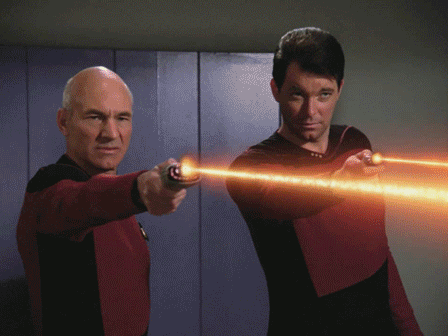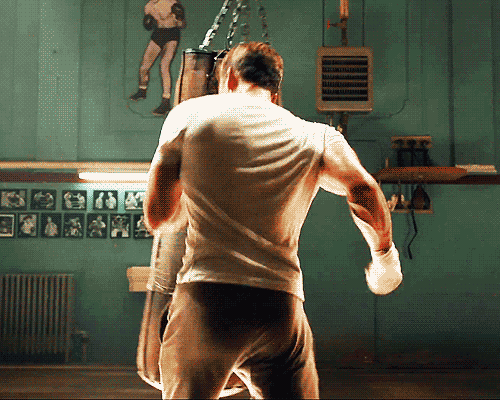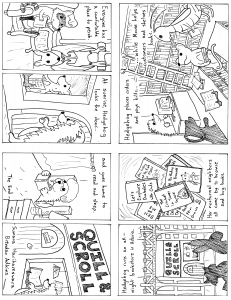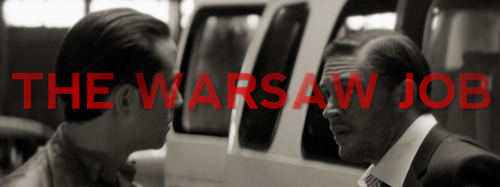I really love Captain America: The Winter Soldier, but my fondness is as nothing compared to that of my friend Rachel, even though she’s actually more a fan of a work derived from—well, we’ll get to that. Sometimes we exhort each other about it on twitter. Our mutual friend Sumana (star of many recent entries here) has found this charming, and a while back she urged us to record some kind of longer discussion and put it on the Internet; we did so, but not without making her complicit.
This is a podcast! It’s about 53 minutes long and covers a broad range of topics, which I have tried to annotate below. It is centered around the reasoning behind our affection for the movie, and especially the treatment of sexuality, gender and kyriarchy therein. I have been lax in my duty as its producer and am posting it months late, but fortunately it is now in time for Chris Evans and his portrayal of Steve Rogers to reënter our consciousness in Avengers: Age of Innocence. I found this conversation valuable and was grateful to be a part of it; I hope you like it too.
2:30 – The fanfic in question, the object of Rachel’s true fandom, is “Your Blue-Eyed Boy” by Feather.
3:40 – Steve has wood.
4:00 – Sumana’s reference to difficulty reading about torture “today” refers to when we recorded the podcast, in early December of 2014.
7:10 – Rachel and Sumana both knew the origin of the term “Winter Soldier” (it was news to me! I am a failed American).
10:30 – “Mothering versus Contract” by Virginia Held is an amazing piece of work, which came to me by way of my friend Monica; it first appeared in Beyond Self-Interest in 1990, and you can read some of it via Google Books.
17:30 – 
20:25 – Specifically, Captain America was created by Joe Simon and Jack Kirby in 1940. The joke about the title of this post is that they created him for a publisher known, at the time, as Timely Comics.
28:15 – The issue I am fumbling to recall was Captain America #292, from 1984, and the character was not a raven but Black Crow.
37:40 – Rachel here references Ursula K Le Guin’s classic short story (PDF): “Do you believe? Do you accept the festival, the city, the joy? No? Then let me describe
one more thing.“
39:00 – The Strong Female Characters are a joint creation of Kate Beaton, Meredith Gran and Carly Monardo.
40:15 – I couldn’t find an easily viewable version of the full pilot, but here’s a few minutes of footage from Global Frequency.
42:55 – Sumana is a graduate of Hacker School, now the Recurse Center, in Manhattan.
44:15 – I left this bit in because it has good comic timing.
46:05 – Sexy Murder Walk owes its name at least in part to Charlize Theron.
46:50 – The actress Rachel mentions, playing Bucky’s date and later starring in Doctor Who, is Jenna Coleman.
47:30 – Much of the inspiration for this podcast came from Sumana Meets Doctor Who!
52:35 – As requested. 


